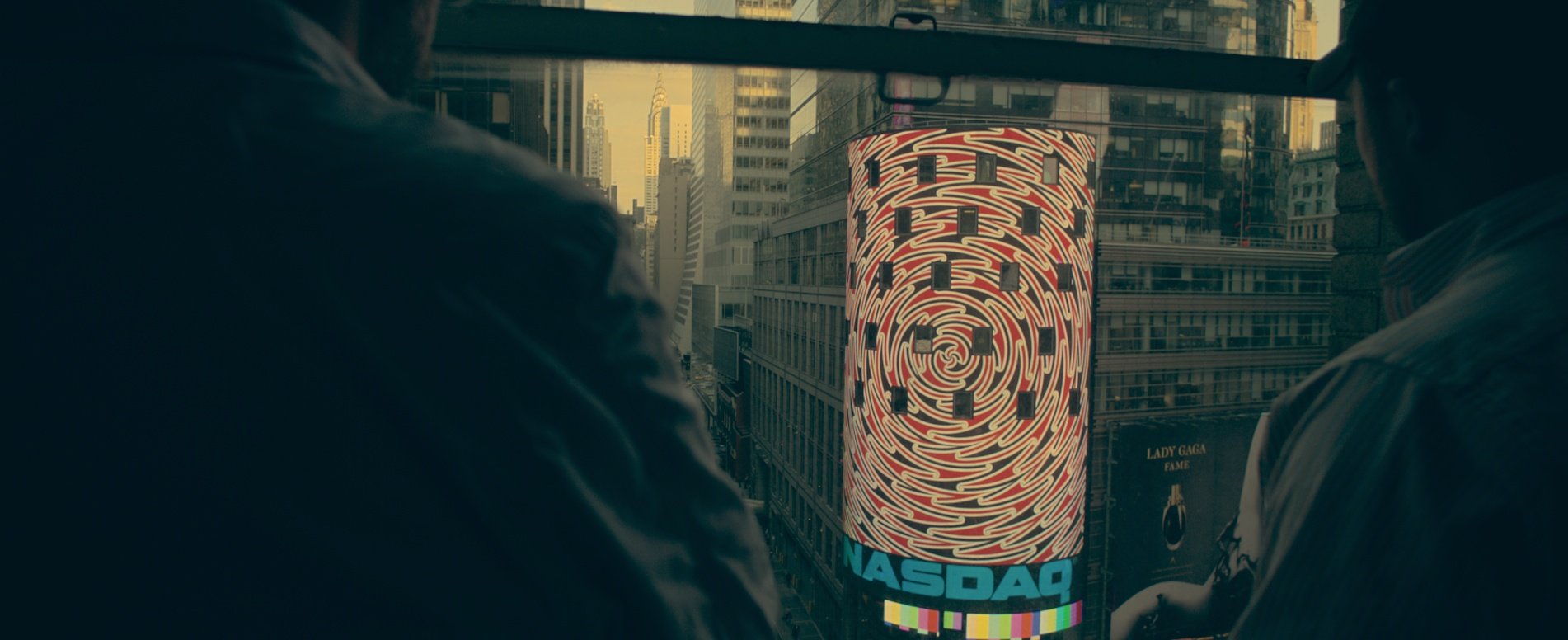Funny old world isn’t it?
For all of the amazing new ways we can communicate, it’s getting harder to get your story heard.
Marketing and comms used to have a high cost of entry. Now, it’s low, or no cost at all. That’s good for you, but also for everyone else with something to say. With more stuff being said, not much stands out - and even less of it sticks.
As luck would have it, my specialist subject is sticky stuff. I’ve got a degree in it. The stuff you can’t put down easily. Or turn away from in a hurry. The stuff that gets you noticed, and remembered.
I know just the right buttons to push.
I’ve uncovered insight, developed products, driven revenue and foot traffic, generated leads, raised awareness, shaped journeys, created experiences, changed behaviour and put out fires. Long story short - I pull rabbits out of hats.
If you’re a ‘Succession’ fan, then let’s just say I know a thing or two, about a thing or two.
Though Mum, bless her, always said, ‘self-praise is no praise at all’.
“You’re getting tickets on yourself,” was how she’d gently but firmly put it.
But that’s Mum for you.






